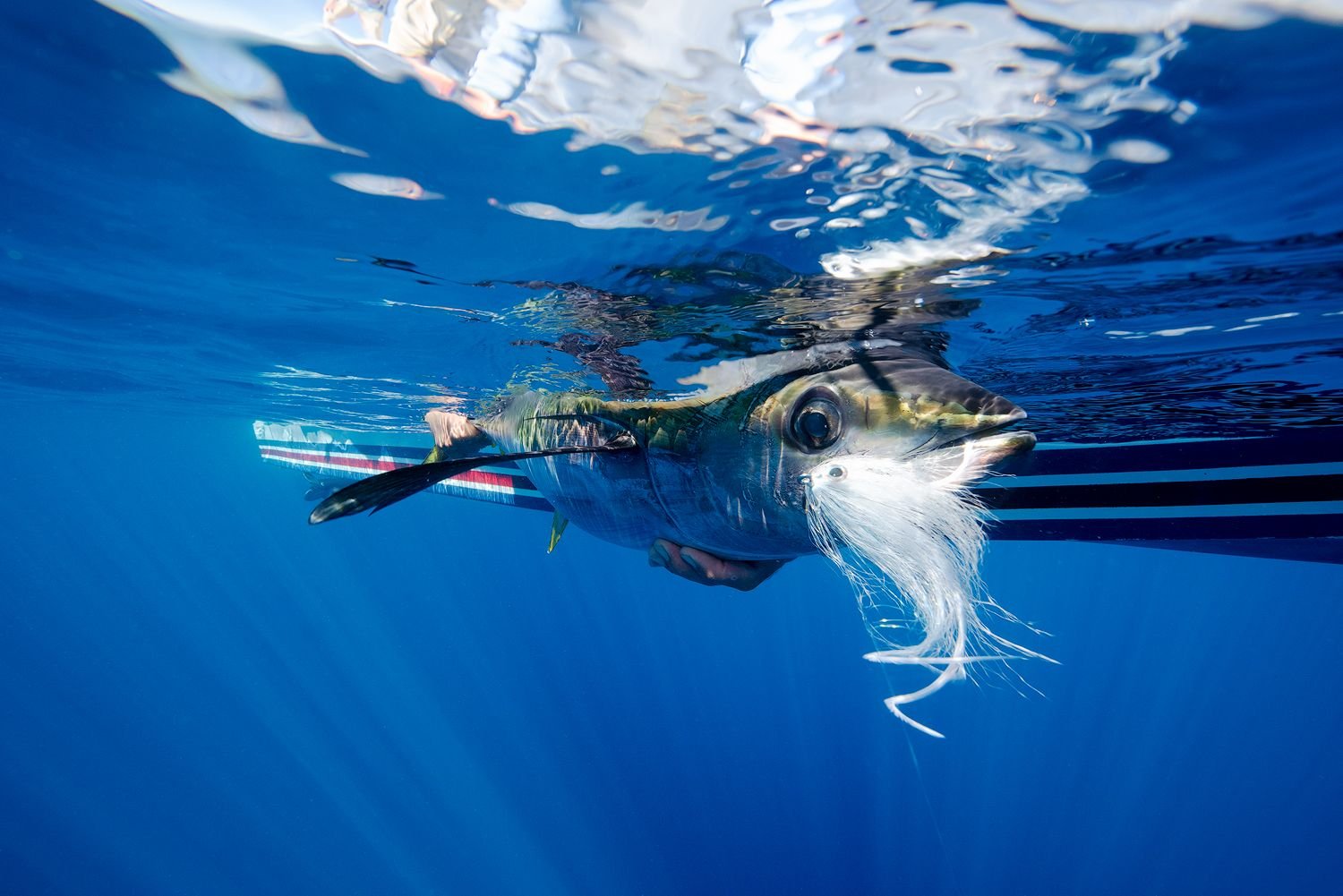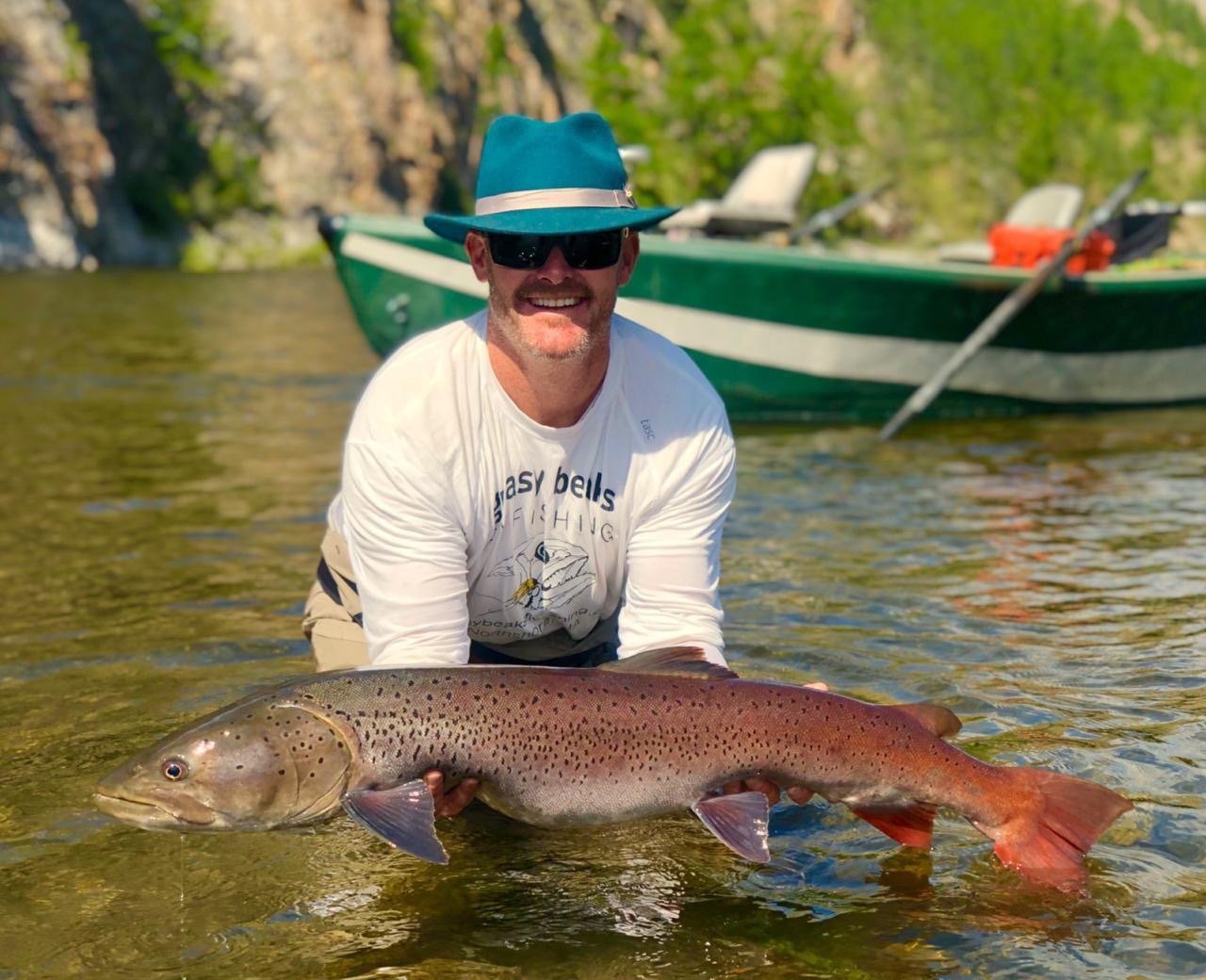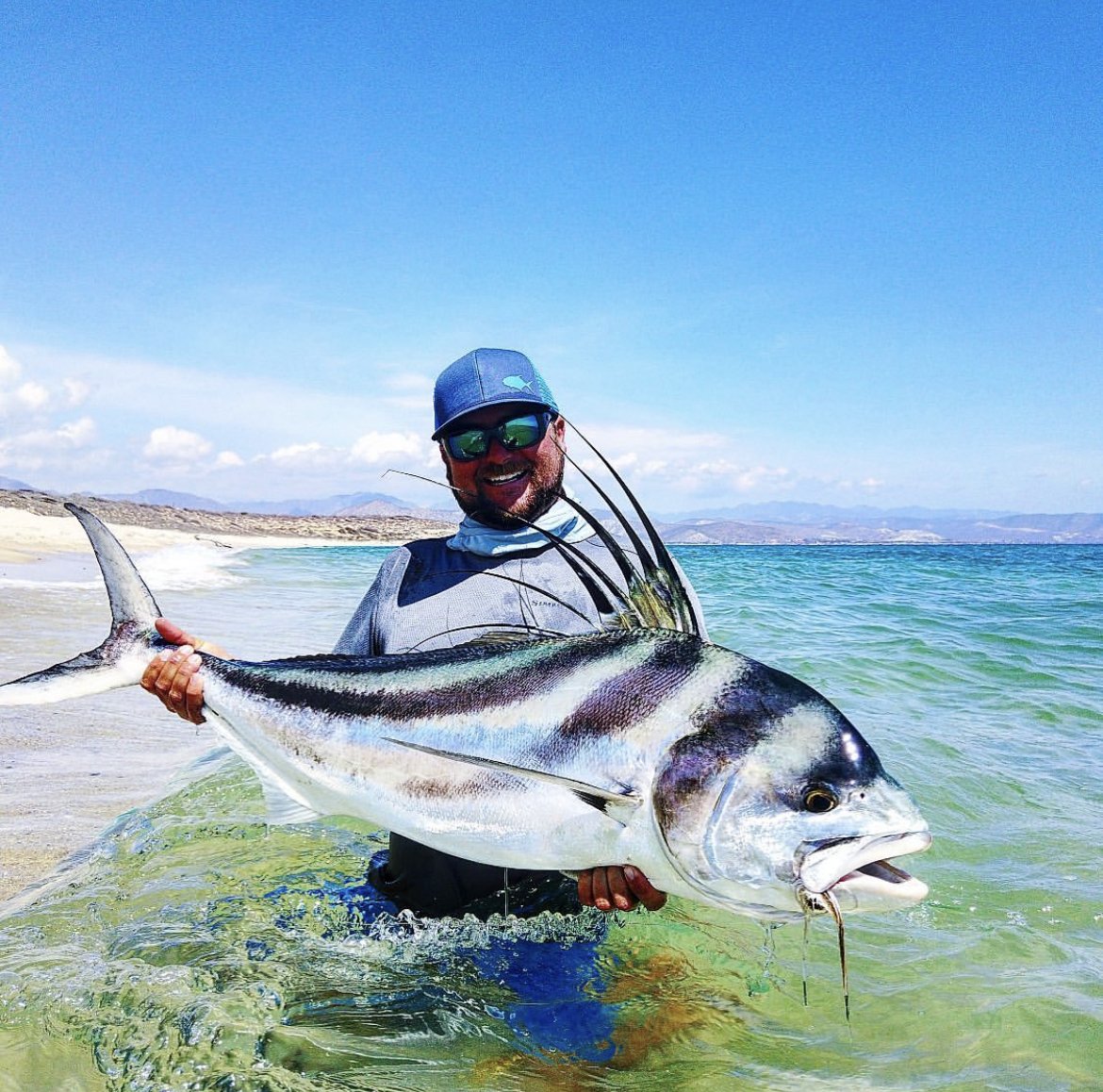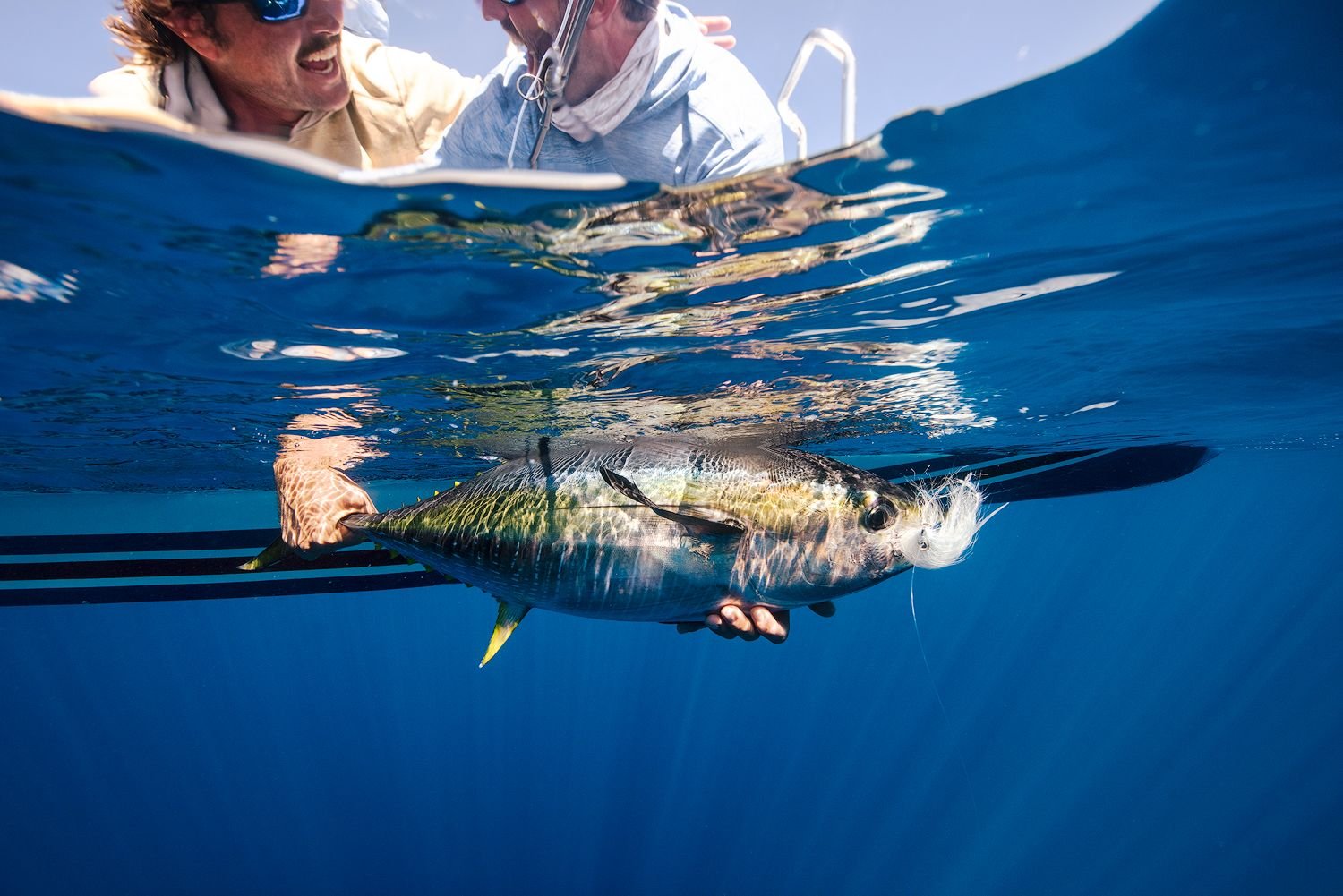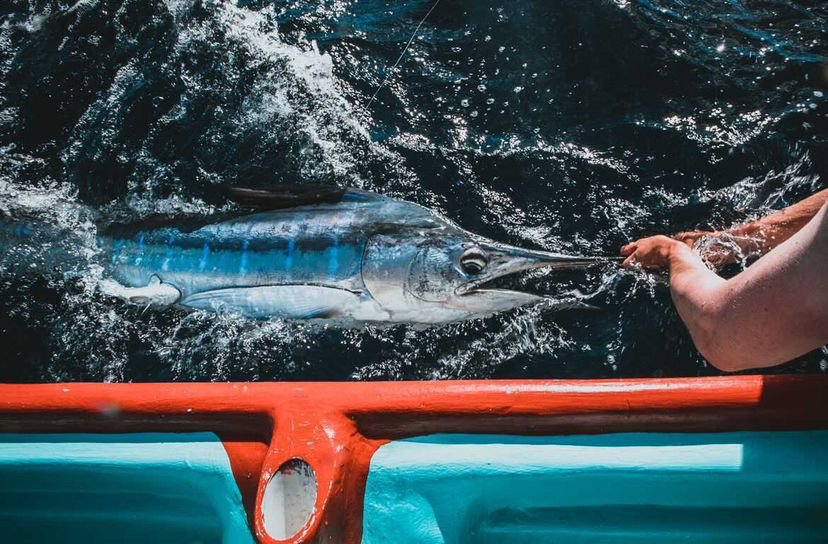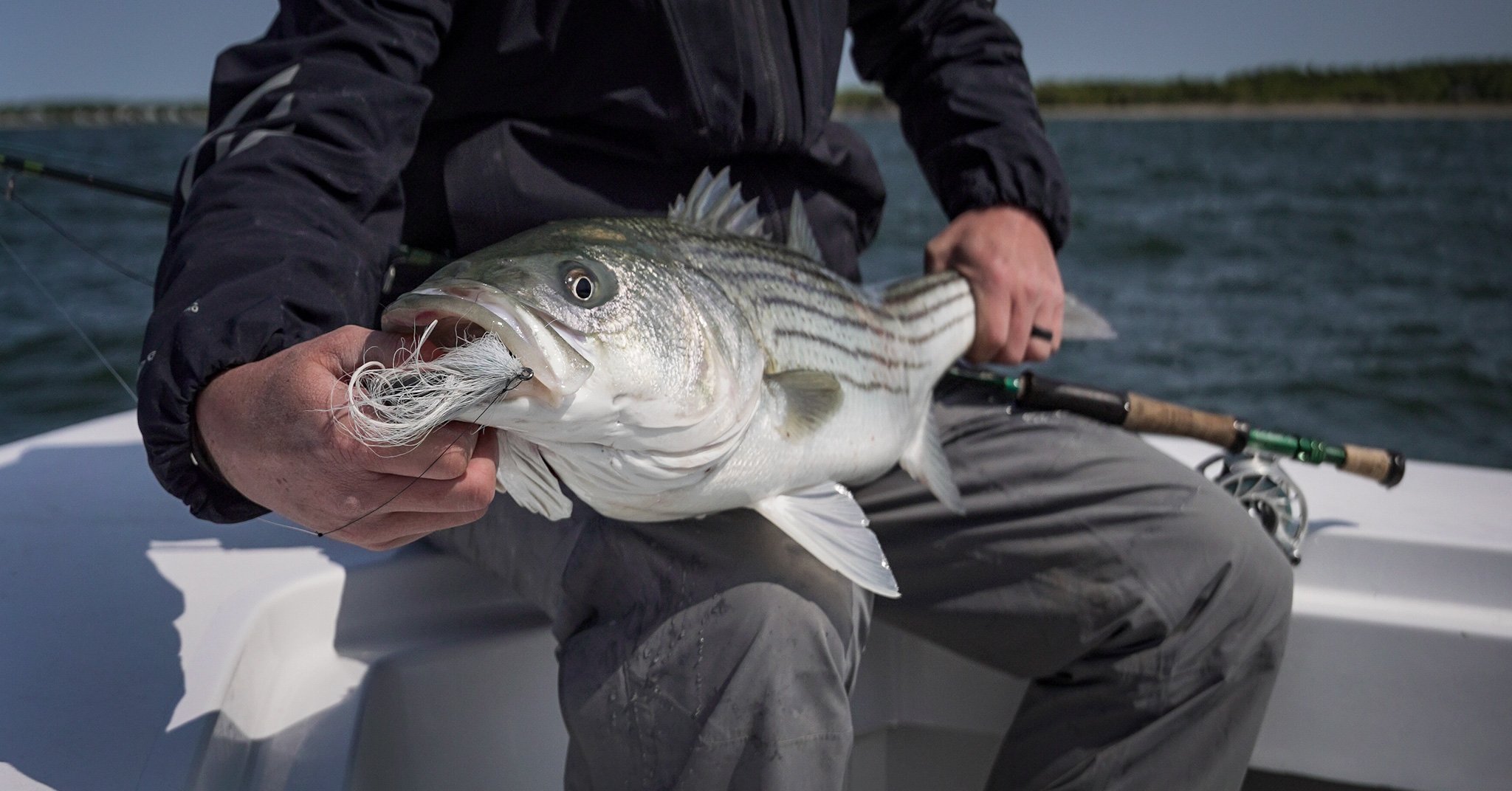FLYBRARY
Fly tying is all about problem solving which as an engineer with a lean six sigma blackbelt my over decade long career focused on just that.
The first step is to define the problem (in this case understanding what you want to improve). Observation, observation, observation! Once identified, we must characterize critical characteristics of the bait you are imitating otherwise the exercise is just for show, only then can we begin choosing materials to latch to a hook shank. In addition to physical baitfish characteristics it is super valuable to factor in how that fly might be perceived by the fish. Each baitfish has a set of unique identifiers to predators, these are created from the physical traits which tyers discuss like profile, action, color but another aspect less discussed is what the fish perceives based on how the bait pushes water, this is especially important when fishing nighttime and species that use their lateral line to hone in on food. All of these factors are critical as you dial in flies to be most impactful. Every material choice should serve a specific purpose otherwise why is it there?
Below are some of the solutions I’ve come up with for my local fishery. Many of these are not “my” new patterns but my interpretations of patterns developed by the Greats that paved the way for me.
My goal is for these to creativity, inspire and provide a little more context for those who purchase these patterns & fish them hard! - Capt. Ben
GROCERY POLLOCK FLEYE
As the Fall fishing heats up here in Maine, one of the go-to patterns for targeting migrating stripers is a good pollack fleye. The Maine coast becomes chalked full of juvenile pollock and stripers cannot resist the easy forage. This should definitely be a staple in your fly box.
BIG MAC HOLLOW FLEYE
I identified a need for a better adult mackerel pattern for Maine striped bass which sent me down the rabbit hole to match the hatch, both in appearance and more importantly its action as it relates to the real McCoy. This mackerel pattern continues to fool weary predators around the globe. It performs great when fished on a fast retrieve both on intermediate or sinktip lines, as well as slower retrieve dredging deeper on a heavy sink line.
THE BEAST FLEYE
There is no denying the brilliance Bob Popovics unlocked when he developed the hollow fleye which ultimately led to the BEAST Fleye. It is such a versatile pattern that allows tiers the ability to match a variety of larger prey around the world. I’ve had fun experimenting tying these on shanks and mono, pure bucktail or composite loops, each has it’s time and place. I continue to test and tweak these patterns to improve efficiency and eficacy on the water.
MENHADEN MATCH
MONSTER SHAD MATCH
SLUGGO EEL FLY
It is no secret that I spend a lot of time on the water, testing patterns to understand what works. I also enjoy fishing with top level surfcasters and bait fisherman because it pushes me to try to adapt new tactics and techniques into the fly game. All striper anglers know that the 12” Sluggo is a top choice and almost cheating so why not create a fly that does the same? Well, I did just that. This fly exhibits the same erratic sliding action that triggers strikes when fishing at night in boulder fields or anywhere big fish might be lurking.
WHALLEY’S CHAMPAGNE SHRIMP
As with every good pattern, the Champagne Shrimp was born out of the need to solve a problem. Ben collaborated with his good friend Capt. Brendan Champagne to dial in this fly. It all began at the dock in the dark when the two were catching up. Both Ben and Brendan needed a better way to fool stripers feeding on shrimp over snaggy bottoms. Ben was experiencing this on the flats, targeting tailing stripers over submerged oyster bars, while Brendan was hitting submerged island ledges riddled with barnacles, seaweed and of course shrimp. Over the next couple seasons and many iterations the Champagne Shrimp evolved and earned it stay in the go-to lineup. Several key features to this fly are: foam carapace, Avalon style keel beads, tied on a 60degree jig hook. This is a must have shrimp pattern whether you’re chasing stripers, or bonefish.
WHALLEY’S CRACK CRAB
The invasive green crab is plentiful and stripers can’t resist them. For Maine anglers crab flies are probably the most effective pattern for wade fisherman, this pattern continues to catch and is durable which is necessary when ripping them over oyster bars, sand flats for long summertime sessions. Tied on a 60degree jig hook and paired with large tungsten dumbbell eyes, this crab is sure to attract fish cruising bottom for an easy meal.
ALEWIFE HYBRID GAMECHANGER MATCH
ANOTHER PREVALENT SPECIES FOUND IN THE NORTHEAST ARE ALEWIVES, EVERY YEAR THEY RETURN TO THEIR BIRTHRIVER IN AMAZING NUMBERS TO SPAWN. STRIPERS TAKE ADVANTAGE AND CAPITALIZE ON THESE FISH RESTING OR AWAITING THEIR CHANCE TO ASCEND THE RIVER WHERE THEY WERE ONCE BORN. BLANE CHOCOLETTS GAMECHANGER PLATFORM IS ANOTHER SUPER VERSATILE PLATFORM THAT MATCHES THE HATCH WELL. THIS PATTERN IS ONE OF MY FAVORITE HERRING/ALEWIFE RUN FLIES TO FISH IN THE RIVERS. I FIND IT FISHES BEST ON A HEAVY SINKTIP OR INTERMEDIATE LINE FOR MOST WATER CONDITIONS FOUND LOCALLY. THE KEY IS PROPER KEEL WEIGHT BALANCE DRIVEN BY HOOK CHOICE AND PROPER DENSITY TOWARDS THE FRONT 1/3 TO BRING THIS FLY TO LIFE ON ITS OWN IN THE CURRENT.
THE BEST BET FLY
This fly draws upon inspiration from tried & true patterns like the Guitar Minnow in Maine and West Coast fly tyers like the great Dan Blanton. Sometimes dialing in a specific pattern for your waters is what’s needed, not to say the others don’t work but every once in awhile you slap something together that just flat out works. This is one of those patterns. Incorporating channel lead further back on the hook changed the Clouser diving action with more of a darter action, then adding that platform to a 60deg jig hook furthers the action my friend John Cooper and I were looking to achieve. This pattern is a workhorse especially when fished on a fast sink tip, up in the rocks or ledgy drop offs. Give it time to get down then slowly retrieve, I think the action this method imparts is much more inline with injured baitfish than the more common diving style. Chances are if you fish with me you’ll end up fishing one of these at some point.
Below are some impressive fish fooled by Ben Whalley’s Flies from across the globe.
